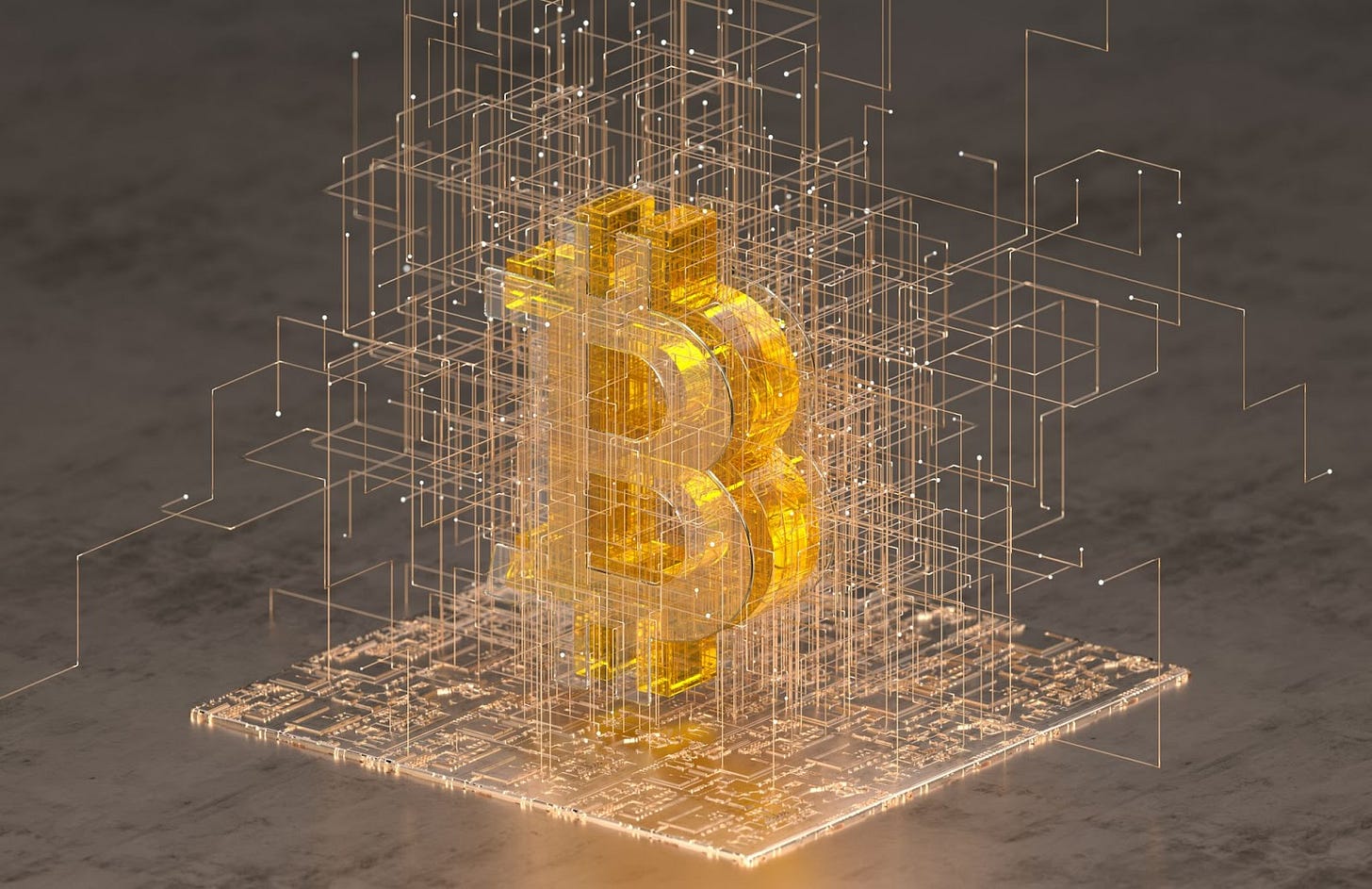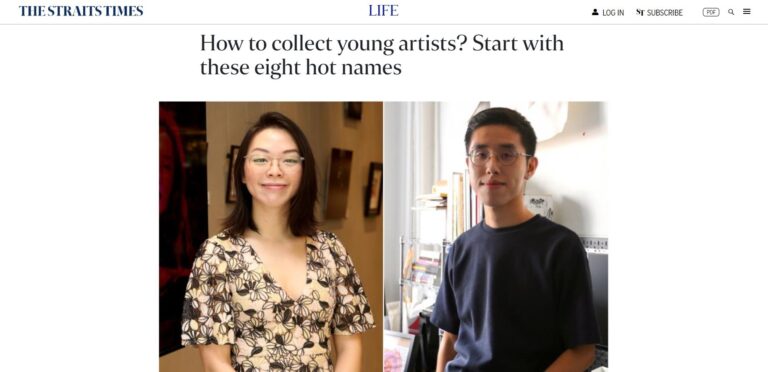Metaversal is a Bankless newsletter for weekly level-ups on NFTs, virtual worlds, & collectibles
Dear Bankless Nation,
Bitcoin is a digital currency that’s mostly just traded these days.
This dynamic comes in no small part from Bitcoin’s development being conservative and narrow by design. The idea? Go all-in on singularly optimizing for the status of censorship-resistant, decentralized money.
Ethereum’s obviously taken a wider approach by focusing on moneyness and decentralized applications, like NFTs.
Yet Bitcoin’s strict design doesn’t actually prevent NFT-like creations.
In fact, lately a growing wave of experimenters have been using Bitcoin’s constraints in creative ways to make new types of non-fungible creations on the OG blockchain, much to the chagrin of some hardcore Bitcoiners who have blasted the works as spam.
For today’s post, then, let’s get you up to speed on what’s going down in the Bitcoin NFT scene right now.
-WMP
👉 Across.to is the bridge you deserve!
The Bitcoin community has been grappling with a recent rise in Bitcoin NFT mints after Ordinals — a protocol that converts individual satoshis, the smallest bitcoin denomination, into non-fungible digital artifacts — launched earlier this month.
Ordinals has been met with derision by the “old guard” hardliner Bitcoiners, not unlike how some of these very same folks argued against Bitcoin-based Counterparty NFTs as spam back in 2014.
In contrast, Counterparty veterans and new and old experimenters alike are hailing Ordinals’s approach as potentially revolutionary for Bitcoin’s NFT scene going forward. Moreover, these new NFTs are noticeably driving up transaction fee revenues for Bitcoin miners, potentially pointing the way to a future in which cultural activity comes to help replace the ever decreasing block subsidy on Bitcoin.
Ordinals is centered around a newly developed, Bitcoin-native mechanism called Inscriptions. Per the Inscriptions mainnet announcement post:
“Inscriptions are digital artifacts native to the Bitcoin blockchain. They are created by inscribing sats with content using ord, and can be viewed with the ordinals explorer. They do not require a separate token, a side chain, or changing Bitcoin.
Inscriptions are created by including content, like an image, text, SVG, or HTML, in an inscription transaction. The content is included in the transaction witness, which normally contains signatures and other data proving that a transaction is authorized.
[…] When mined, the inscription is made on the first sat of the first output of the transaction, permanently and inexorably marking it, distinguishing it from its fellows. It is no longer just a sat, it is an intertwined component of the long and confusing tale that is human art and culture.
Using ordinal theory, the unspent output containing an inscribed sat can be found, and its movements and ownership tracked across time and transactions, allowing inscriptions to be traded, gifted, bought, and sold.”
The media in Ordinals mints are stored entirely on the Bitcoin blockchain, meaning there are no external dependencies, e.g. private servers or IPFS. These NFTs will be forever retrievable from Bitcoin.
Of course, it’s possible in a different manner to mint totally onchain Ethereum NFTs, though onchain minting on Ethereum is expensive. Interestingly, then, Ordinals allows for onchain Bitcoin NFTs to be minted much more affordably than onchain Ethereum NFTs.
In the Ethereum ecosystem, onchain NFTs are celebrated by many for being the highest quality and most resilient metadata storage avenue possible. In kind, there’s reason to believe onchain digital artifacts on Bitcoin may come to be similarly celebrated thanks to their robustness, too.
1. Dennis Porteaux wrote an awesome, balanced deep dive on the technical and factional contexts around Ordinals:
2. Eric Wall highlighted the irony of hardline Bitcoiners being okay with censoring Bitcoin NFTs:
3. Casey Rodarmor argued against Bitcoin Essentialism:
The rise of Ordinals isn’t some flash in the pan in the Bitcoin ecosystem, as the Bitcoin NFT scene has been blossoming anew since last year.
For example, artist, data scientist, and NFT historian Chainleft minted PEPERMANENT, a totally on-chain Bitcoin NFT experiment, in Nov. 2022 prior to the current Ordinals buzz.
This blooming NFT activity is really interesting when you can consider the fact that Bitcoin desperately needs a teeming blockspace market to develop in the years ahead if miners are to earn enough to stick around and want to keep securing Bitcoin as the BTC block subsidy keeps halving every four years.
Ordinals, then, is such a step in the direction of a teeming blockspace market on Bitcoin, even though hardliners want to preserve blockspace for only currency use cases. We’ll have to see how things shake out from here, but either way Ordinals NFTs are here to stay.
William M. Peaster is a professional writer and creator of Metaversal—a Bankless newsletter focused on the emergence of NFTs in the cryptoeconomy. He’s also recently been contributing content to Bankless, JPG, and beyond!
Subscribe to Bankless. $22 per mo. Includes archive access, Inner Circle & Badge.
Across is the bridge you deserve: fast speeds, low fees, great support, no hacks, and we love our users. Try it once and you’ll understand why Across users love us back and have bridged $billions with it.
Yield farmers will also find attractive yields for providing bridge liquidity! 👀
👉 If you have questions, check Twitter or the Discord!
Not financial or tax advice. This newsletter is strictly educational and is not investment advice or a solicitation to buy or sell any assets or to make any financial decisions. This newsletter is not tax advice. Talk to your accountant. Do your own research.
Disclosure. From time-to-time I may add links in this newsletter to products I use. I may receive commission if you make a purchase through one of these links. Additionally, the Bankless writers hold crypto assets. See our investment disclosures here.








